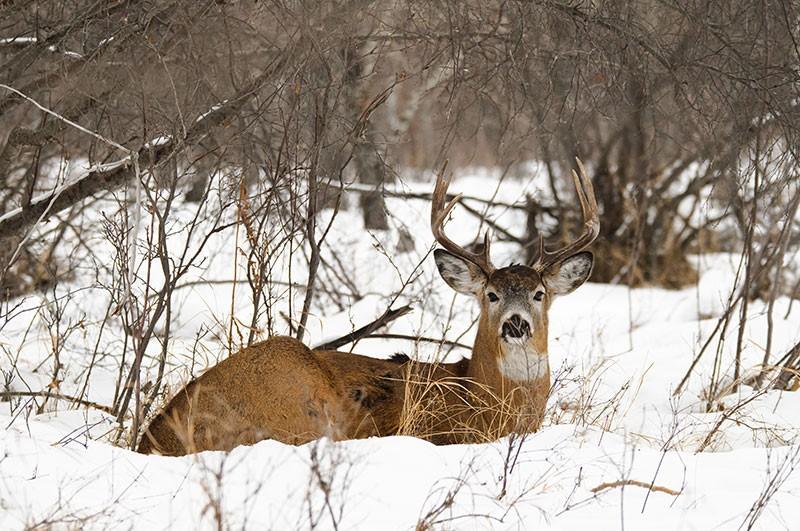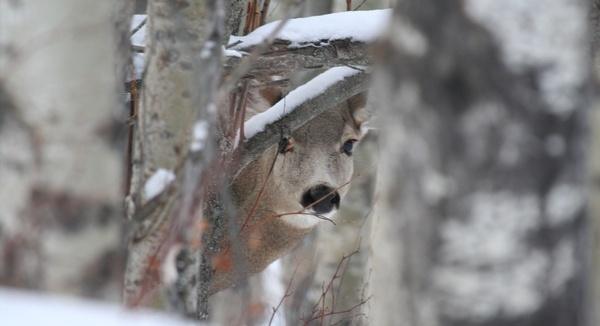Tips for Still hunting

How do you spot a deer?
Don’t Look for the Whole Deer
In thick vegetation, a leg, tail or torso might be the only thing visible. Also, it’s sometimes easier to spot certain parts of deer. For example, the white patches on a deer’s face and rump are easily identified among the wood’s dark backdrop.
Walk heel to toe, slowly, to avoid snapping twigs or crunching dried leaves or other vegetation. The goal is to make as little noise as possible with precise steps. As you cover terrain, stay focused and keep your eyes open for: antlers, tracks, bedding and any movement or signs of life.
Still hunting is not spot and stalk, although at times a still hunt turns into one. Instead of remaining stationary, spotting an animal first, and then deciding how best to plan an approach, the hunter sets out to stealthily slip through the woods and hopefully locate a deer without being detected. Once a deer is encountered, the idea is obviously to get within bow range for a shot. On a moving deer, this is accomplished by getting in a position to intercept the deer along its chosen path. If the deer is bedded or otherwise stationary, the still hunt then becomes a spot and stalk.
Still hunting is great for the hunter who likes to have more control over the outcome of a hunt. There is no question: Still hunting is not for the faint of heart. It requires a tremendous amount of stealth and woodsmanship and the percentage of success is not that of stand or blind hunting. Deer are very difficult to sneak up on in the woods. However, it is a tremendously exciting way to hunt, and the close encounters are often high-adrenalin moments a hunter never forgets. When a still hunt ends in tagging a whitetail, it brings a feeling of satisfaction and reward that is hard to describe.

Still hunting should obviously always be directly into the wind or into a crosswind. My preference is a crosswind. It ups the percentage of intercepting deer moving into the wind. Hunting a crosswind, I am literally working across many potential deer paths; whereas hunting directly into the wind puts me parallel with any deer moving into the wind.
Regardless of chosen path, the hunter must move extremely slowly and quietly, using the habitat as cover. Plan ahead where to stop. Try not to stop in the open. Move from one tree to the next or stop behind other cover. Getting caught out in the open is not good with approaching deer.
If the ground is dry and noisy, my method of movement—funny as it may sound—is what I call the squirrel tactic. Ever notice how squirrels move? Usually it is three quick hops and stop. If the forest floor is covered in crunchy leaves, it is impossible to still hunt quietly. I’ll try to plan my forward movement to take three quick steps and stop, thus mimicking a squirrel as much as possible. Realtree


nockedup Massachusetts outdoors.